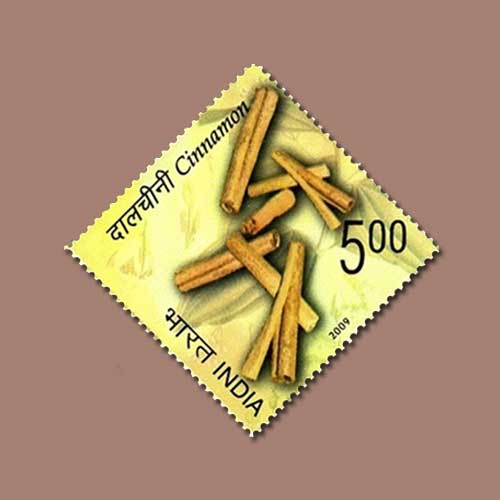Tale of Cinnamon
2019-03-26 Tue
One of the oldest spices known to mankind, this little subtle perfumed stick has been growing on the little tree grown in India, Brazil, Sri Lanka, Indonesia, Vietnam, and Egypt. In India, the liberal use made of cinnamon for as long as anyone can remember. In the 3rd century BC, this small stick of gold reaches Greeks and Roman. It’s early used was for aphrodisiac and tonic. The famous legend of Emperor Nero narrates how in the rage he killed this wife Poppea and burned her funeral pyre with all reserves of Cinnamon in Rome. It was said that Cinnamon was one of the most expensive commodities imported in ancient Roman EmpireThe supremacy of the cinnamon trade in India is legendary, to gain control over cinnamon was fought by Portuguese, Dutch and British. The largest island in the Indian Ocean, Srilanka was the major cultivator and exporter of Cinnamon from 17th century under the Dutch regime. Dutch lot the, monopoly to the British’s around 1769. It is said the production of Cinnamon under British control nearly reach a thousand tonnes.
To commemorate this ancient and medicinal spice of India, India Post issued a stamp illustrating the Cinnamon sticks in 2009.
Visit philamart to view and purchase variety of stamps from all over the world.
Image Courtesy: Mintage World
Latest News
-
Malwa Sultan Mahmud Shah Silver Coins
2025-09-11 ThuMalwa Sultan Mahmud Shah minted silver coins in round and square flans. <br><br> For round coins,...
-
Malwa Sultan Mahmud Shah Billon coin
2025-08-26 TueMalwa Sultan Mahmud Shah's billon coins followed three weight standards: 100 rati, 96 rati, and 80 r...
-
Fascinating Archaeological Facts on Postage Stamps - 91
2025-08-23 SatRhinoceros is one of the oldest land mammal species existing in India. There are five species of rhi...
-
Fascinating Archaeological Facts on Postage Stamps - 90
2025-08-23 SatUthiramerur, a Village in Kanchipuram, Tamil Nadu, is notable for its Temple inscriptions that descr...
-
Fascinating Archaeological Facts on Postage Stamps - 89
2025-08-21 ThuThe term “millet” is derived from the Latin word “milum,” which translates to grain. millets...

